Why pets are good in 2022
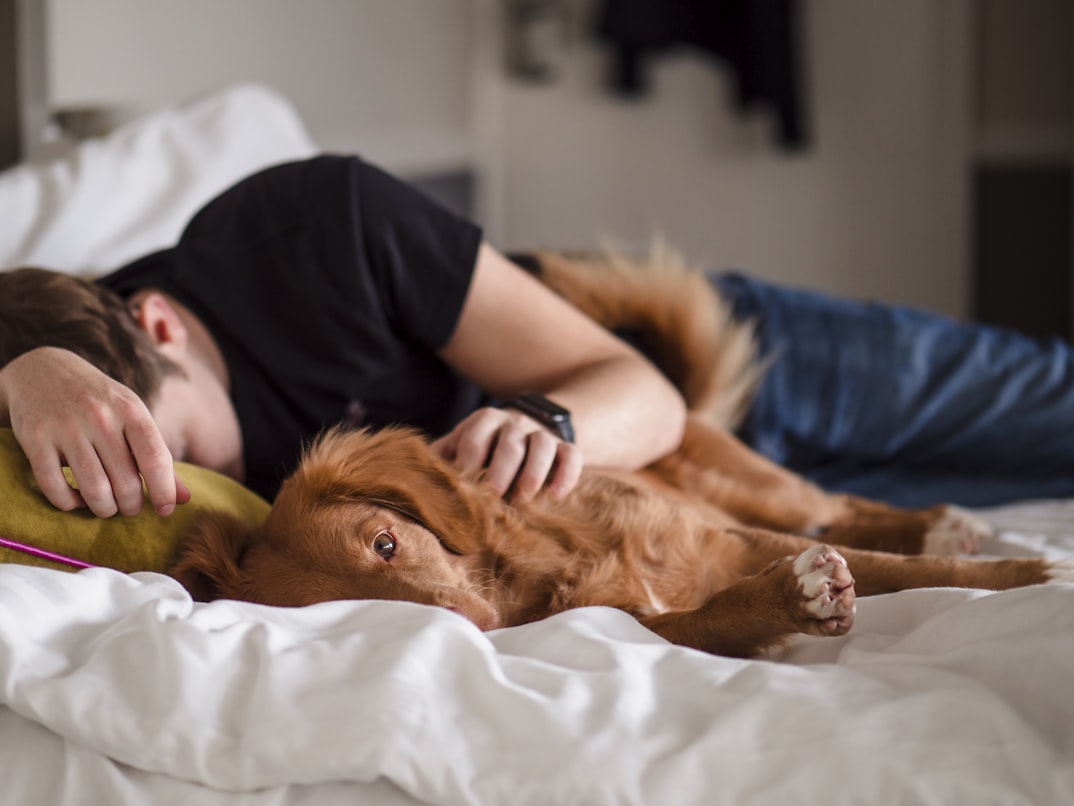
Introduction
The domestication of animals led to bonds being formed between animals and their owners. The ancestors of dogs [9], wolves, were the first animals to be domesticated. Pets were trained initially as work animals. Today, people are so emotionally and socially attached to their pets that they are considered part of the family. In 2021, 70% of North Americans [1] had at least one pet. This figure is up from 56% when the survey was conducted initially in 1988. Children in the US were more likely to live with a pet than their biological father or sibling. Between 2011/12 and 2017/18, the percentage of households in the United Kingdom [2] that own a pet remained steady, ranging from 47 to 45 per cent. However, pet ownership reached a high of 59 per cent in 2020/21. What is the reason for this? Let's investigate why pets are good in 2021.
The popularity of owning a pet
In both the UK and the US, pet ownership is commonplace. More than 50% of families own at least one pet. The most common household pets in 2021 were dogs and cats. An estimated 12 million dogs and 12 million cats live in homes in the UK. 69 million dogs and 45.3 million cats live in homes in the US.
Cats, dogs, and what else?
There is a pet to suit everyone’s preferences. Pets are not limited to cats and dogs. Others are indoor birds, rabbits, hamsters, guinea pigs, and domestic fowl. Some exotic creatures like tortoises, turtles, snakes, and lizards can also be pets. Other owners may prefer barn animals like horses and sheep. Others, still, may enjoy the serenity of caring for fish.

Spending on pets
Consumers spend a lot on their pets. The growing need for more products and services related to pet ownership is commensurate with the increasing number of pets. Nearly eight billion British pounds were spent on pets and related products in 2020. In the US, $103.6 billion was spent. Veterinary services and food are among the most expensive pet-related expenditures.
Advantages and disadvantages of having a pet [3]
Why would anybody want to have one with the cost of having pets? Why do people continue to invest in pet ownership despite the cumulative price tag? Scientific studies have not proven that simply having a pet makes you physically healthier. However, having a pet in many instances provides the impetus for improved health. So what are the real benefits?
Advantages
Exercise and Entertainment
Pets can motivate physical activity. Animals that require daily walks, or playtime, allow their owners the opportunity to engage in regular physical activity. They provide reasons to move and play and can be a great source of entertainment. Pet owners may chuckle at a kitten stalking a ball or relax by watching koi swimming in a pond.
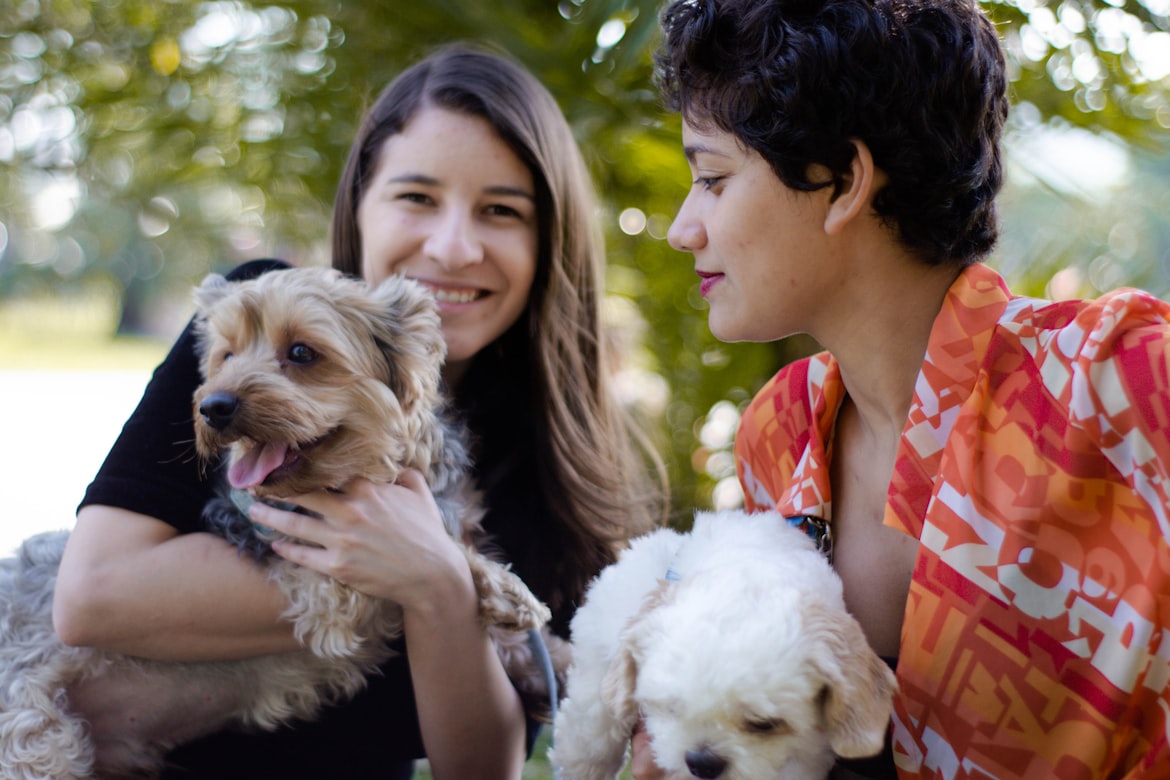
Companionship
Social engagement with pets fosters emotional bonds and eliminates the posturing of human interchange. When interacting with pets, owners can relax and let their hair down without fear of judgment. Who cares if your dog saw you crying or heard you practising your speech? Pet ownership, therefore, provides opportunities for:
- companionship
- acceptance while alleviating feelings of loneliness
- and sadness.

Comfort [4]- Why do pets make us happy?
Animals can give comfort during times of stress. Feel-good brain chemicals like serotonin, dopamine, and oxytocin increase when we pet, hold or cuddle pets. Chemical changes in the brain may diminish emotions of despair and loneliness while increasing self-confidence and happiness. The stress hormone cortisol can also be decreased by interacting with pets, lowering blood pressure and heart rate.
The pets that are most often recognised for security and protection are dogs. However, some other territorial animals are great at sending up alarms or even attacking to protect their territory.
Parrots and parakeets can become loud and even aggressive towards strangers. Other waterfowl, like geese and swan, can behave similarly when strangers approach.
More robust immune systems
During a child's early years, contact with dogs and cats can help prevent respiratory tract problems and infections. Having pets around can help build children's immune systems and decrease their risk of getting allergies or asthma. When a child is exposed to dogs or cats in the first year of life, it reduces the chance of various allergies during childhood.
Disadvantages
Diseases
Some diseases can be transmitted from one species to another, affecting people and animals. These diseases or infections are more likely to affect:
- the elderly,
- pregnant women,
- people with impaired immune systems,
- those with mental disabilities.
Dog bites, cat scratches, and other animal-caused damage are largely preventable and are not necessarily infectious.
The cost
Pets are a long-term responsibility. There is an emotional, financial, and sometimes a social cost attached to their care and supervision. Financial costs include:
- food,
- veterinary care,
- medicines,
- grooming, etc.
Where owners prioritise pets over taking care of their own well-being, the cost is emotional. However, where owners continuously prioritise pets over interacting with others, the cost is social.
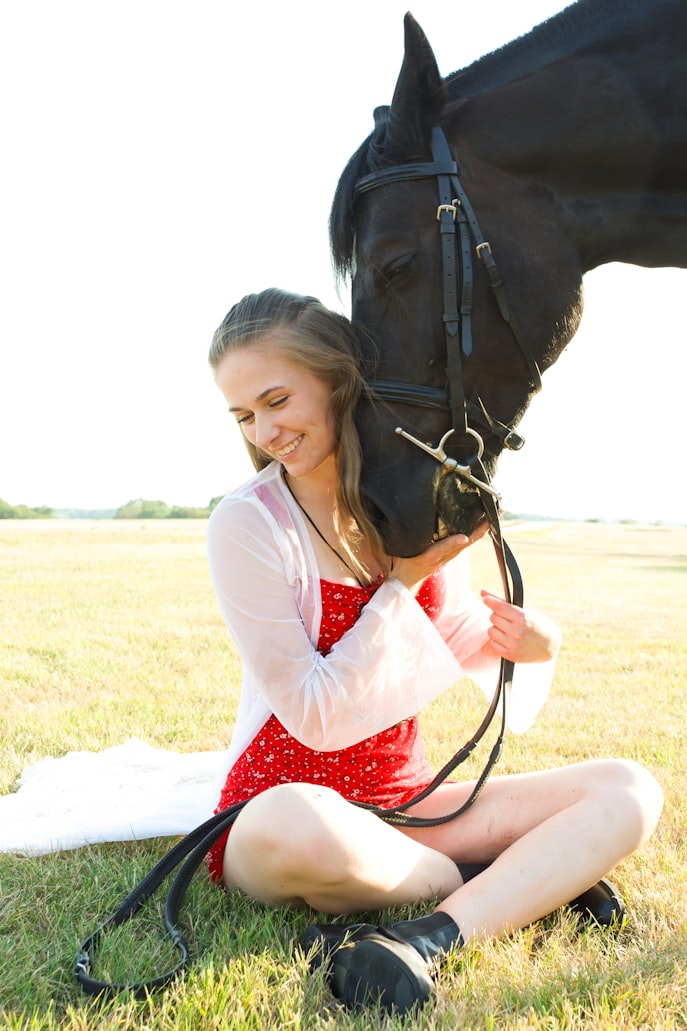
Death of a pet
People's reactions to the death of a pet can be like their reaction to the passing of a human family member or companion. When an older person's pet dies, it might interrupt their daily routines and cut them off from their loved ones. The pet owner's health and well-being may be adversely affected as a part of their grieving.
Best pets for mental health [7]
Any pet can help with mental health. Stress, worry, and sadness can be reduced by having an animal companion to talk to, embrace, and love. Cats and dogs are the most frequently chosen pets. However, more low-keyed pets like fish are also a great option. The sound of the aquarium’s filter and the sight of fish swimming can be soothing.
Check out this video on the health benefits of having a pet.
Why should every family have a pet?
Many people who own pets see their animals as family members and treat them accordingly. Pets play an active role in daily family life, helping to create stability and a loving environment. As family members, pets take part in rituals and celebrations. Pets receive holiday gifts, are thrown birthday celebrations, and their paraphernalia is found throughout the home.
Pets in families
Pets aid in coping, resilience, and recovery during family transformation, such as illness or death. In the aftermath of a family member's move, many military families say that pets provide a sense of stability and support. It is not uncommon for therapists and social workers to incorporate pets into their treatment plans when assisting families.
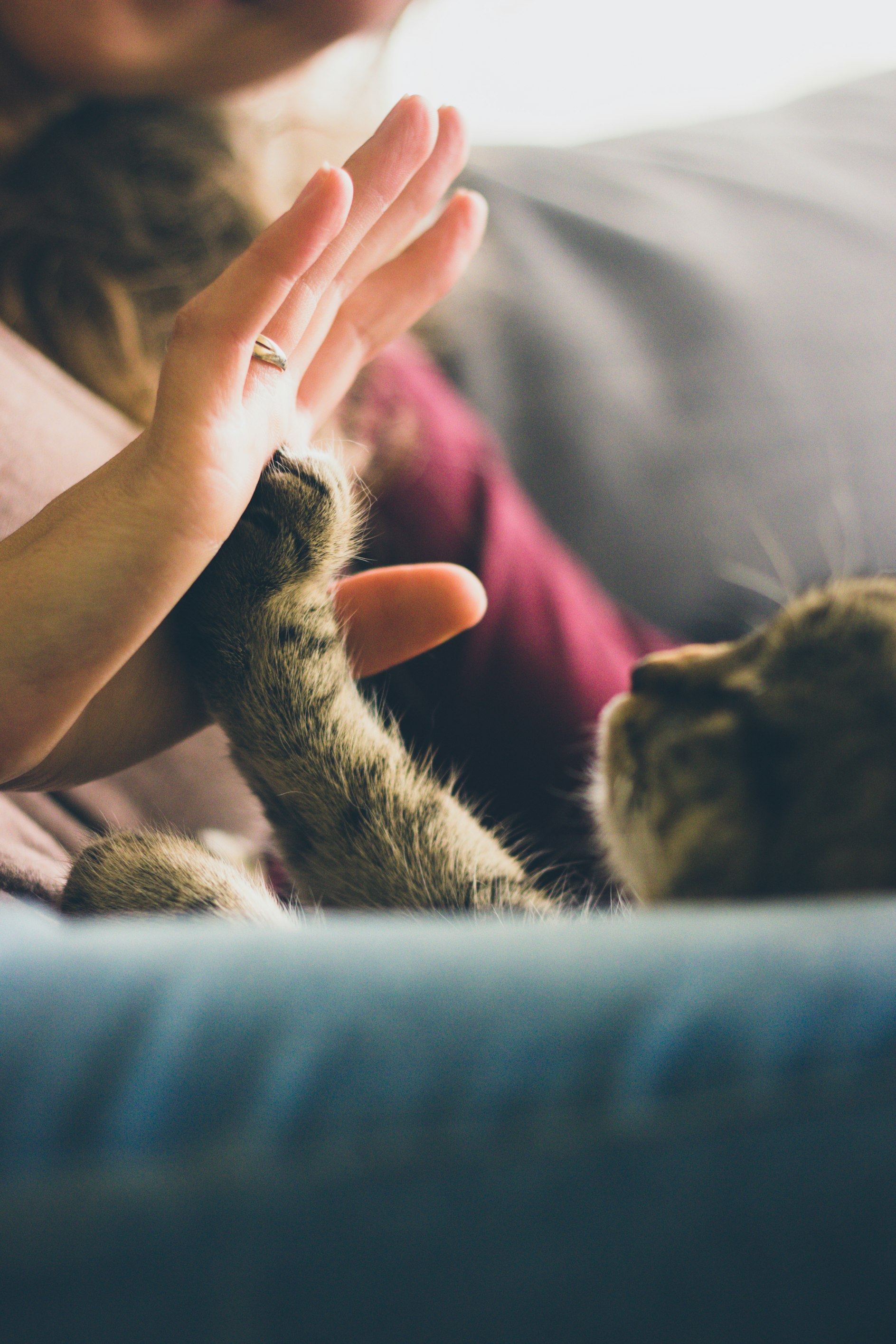
The benefits of having a pet for parents
Pets enhance social relationships, promoting mutuality and trust. They are frequently the focal point of family activities, bringing families closer together. Grooming, feeding, playing with, and cleaning up after pets are shared by family members. In nurturing pets, parents act as role models. Children learn:
- responsibility,
- discipline, and
- care for others by emulating them.
Benefits of having a pet for a child
The Relationship
Children benefit psychologically and socially from having pets with whom they tend to form strong bonds. This bond is especially important for youngsters in single-parent families and those without siblings. A child's relationship with a pet may be more significant to them than a relationship with others. Pets offer:
- companionship
and security.
They give unconditional love,
- friendship,
- comfort,
- and empathy.
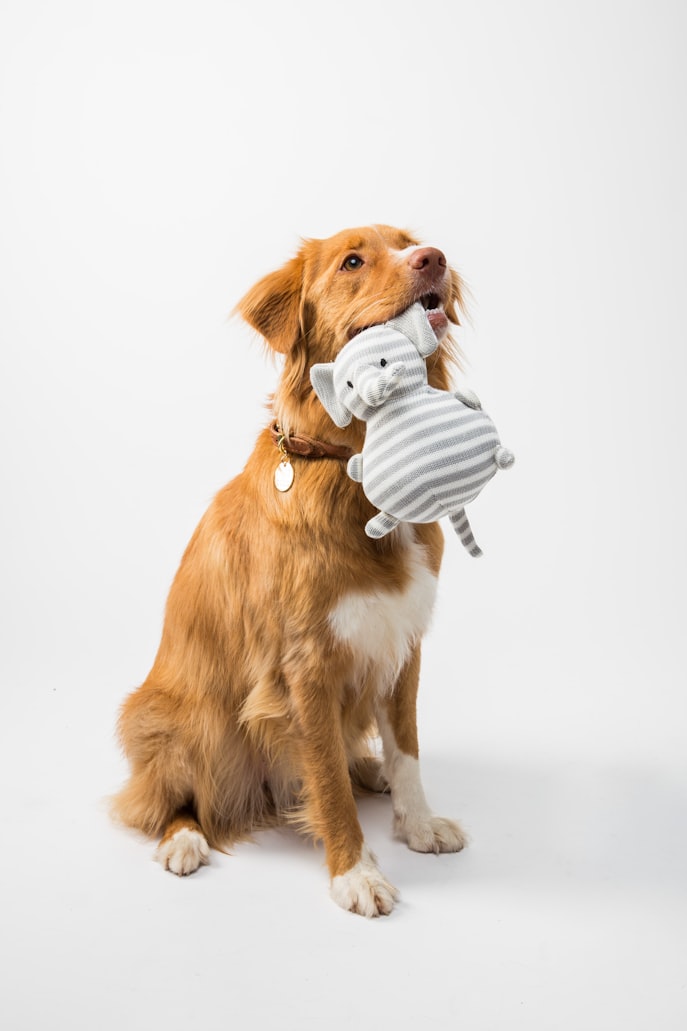
A pet can improve a child's emotional well-being, self-esteem, cognitive development, social and physical involvement. When caring for a pet, children learn essential life values such as:
- responsibility,
- trustworthiness,
- compassion,
- respect,
- and patience.
They tend to show a sense of belonging in society. When children can't be around their pets, they may be comforted by a stuffed animal [11].

Why is Pet Pawtrait an amazing pet gift to owners in your life? [10]
Many businesses are built on the importance of pets in their owners’ lives. From animal boarding, grooming, and daycare to clothing and pet treats. One such business allows you to immortalise pets in whimsical portraits. Pet Pawtraits capture the pet’s likeness and personality so it can be displayed for all to see. A great gift for pet owners.
Since the COVID-19 pandemic began, countries have implemented several measures to reduce physical interactions. Many people are required to remain at home for months at a time, only venturing outside for groceries, emergency supplies, or medical care. Even people who do not live alone have been suffering from loneliness, and some have become depressed. Pets can help.
Why is life better with pets?
With more people staying home, engagement between owners and their pets has been increased. Many, starved for interaction and touch, have turned to furry, feathered, and scaled friends as companions and snuggle partners. The rates of pet ownership have exponentially increased as pets provide:
- unconditional love,
- loyalty,
- companionship,
- and support at this time.
Good mental health [12] is potentially maintained.
Conclusion
Most importantly, we explored why pets are good in 2021. Pets improve group social interactions by boosting generalised reciprocity and social trust. A pet is often the focus of family activities fostering civic involvement, neighbourhood friendliness, and a sense of belonging. Especially for those isolated and yearning for touch in this COVID-19 pandemic reality, pets help their owners extend their capacity for love, empathy, and compassion to all species.
Links
[1] https://www.americanpetproducts.org/press_industrytrends.asp
[2] • Pet ownership in the UK 2021 | Statista
[3] https://www.jabfm.org/content/28/4/526.full
[4] The Psychological and Physical Benefits of Having a Pet | Psychology Today
[5] Dogs Are Not the Only Animals Used for Security - PetHelpful
[7] https://www.youtube.com/watch?v=NDt-_F_CBHQ

